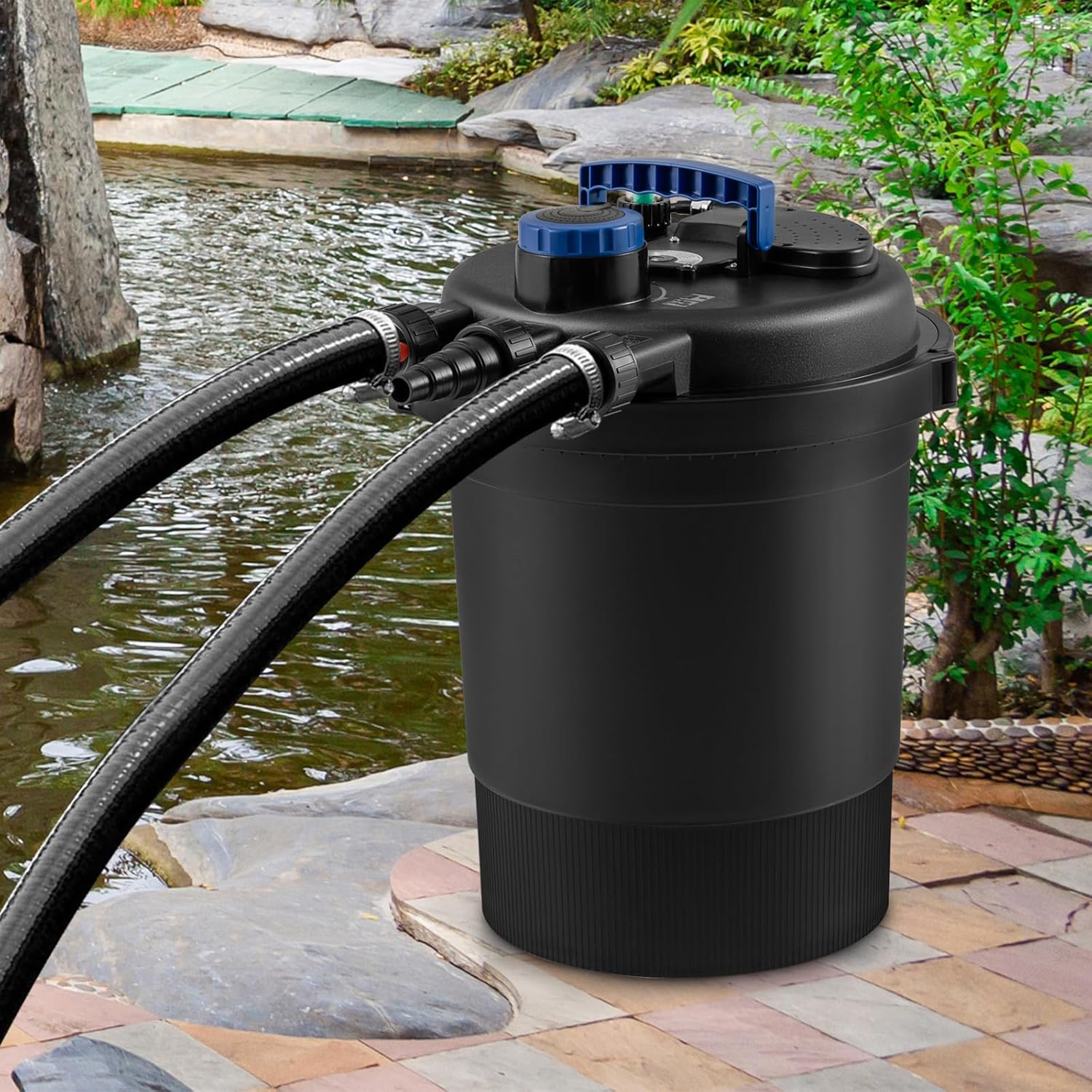Starting with your first pond is rewarding, but figuring out the best filtration system can be challenging at the start. A great filter system not only keeps your water clear but also supports an environment where your fish and plants can live and grow. When people are just beginning to keep a pond, choosing equipment that is both useful and not difficult to use matters a lot.
Oase filters are a popular choice among new keepers because they remove waste effectively and require little maintenance. They provide a good balance between simplicity and having features that users care about.
When you are ready to set up the filtration of your pond, That Pond Guy provides valuable advice to help select the ideal Oase pressure filters and other equipment tailored to your specific needs. The expertise of the supplier means newcomers experience fewer problems when setting up a pond.
Why Your Pond Needs a Filter
Filters work by reducing visible debris as well as removing harmful toxins such as ammonia and nitrites that can harm your fish. If water quality is not maintained, fish waste and dead plants can make your pond unsafe for you and other creatures.
An adequate filtration system tackles the work of cleaning filters (removing big waste) and processing chemicals from the pool water.
Types of Pond Filters Explained
1. All-in-One Internal Filters
They are suited for small ponds because they are compact and filter the water with combined biological and mechanical systems plus UV clarifiers. They work well for smaller groups but are not powerful enough for bigger events.
2. Pressure Filters
Ideal for medium ponds, Oase pressure filters sit outside the water and work well with waterfalls or streams. Their sealed design allows flexible placement while maintaining strong water pressure.
3. Box Filters
A traditional gravity-fed option requires the outlet to sit above water level. They are reliable but need careful positioning.
4. Koi Filters
Built to handle heavy waste loads, these are essential for koi ponds where fish produce significant waste.
Choosing the Right Filter
Consider these factors before buying:
- Pond size and shape – Match the filter’s capacity to your water volume.
- Fish load – Stronger filtration is necessary since more fish equals more waste.
- Maintenance – Some filters need frequent cleaning; others run for weeks with minimal care.
- Sunlight exposure – Ponds in full sun may need extra UV filtration to combat algae.
Maintenance Tips for Longevity
- Clean mechanical media (like sponges) with a hose until the water runs clear.
- Rinse biological media in pond water only—tap water kills beneficial bacteria.
- Replace UV bulbs every 6 to 12 months for consistent algae control.
- Check pumps regularly to ensure proper flow and avoid clogs.
Final Thoughts
Getting an effective filter makes being a pond owner an enjoyable experience, not a frustrating one. Whichever type you choose, it is vital that you maintain your filter properly for the health and happiness of your fish. If someone is just learning about pond care, That Pond Guy can advise and help them find the proper course.





